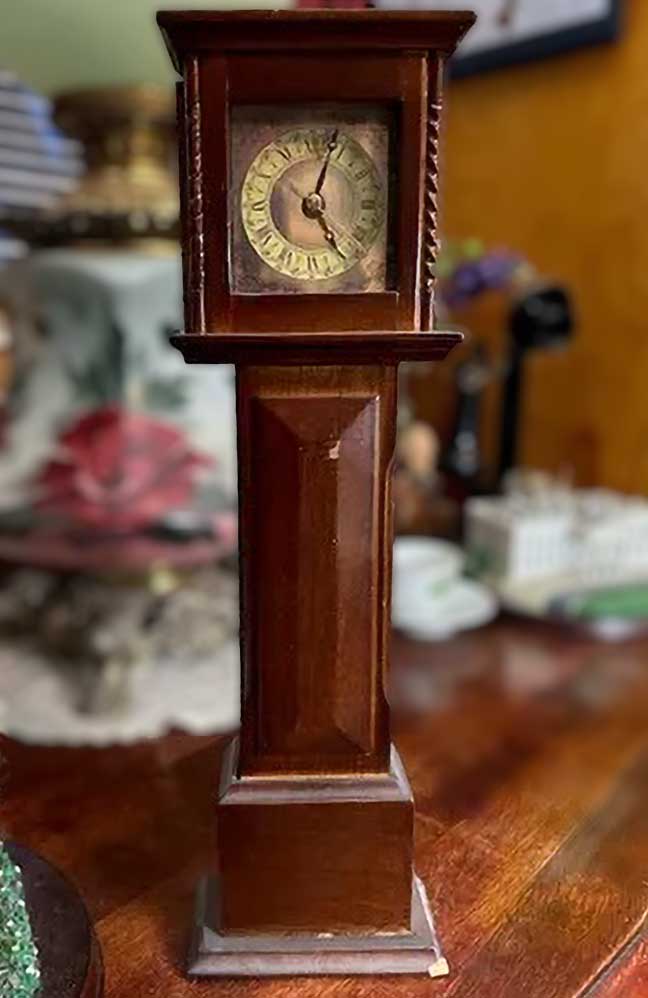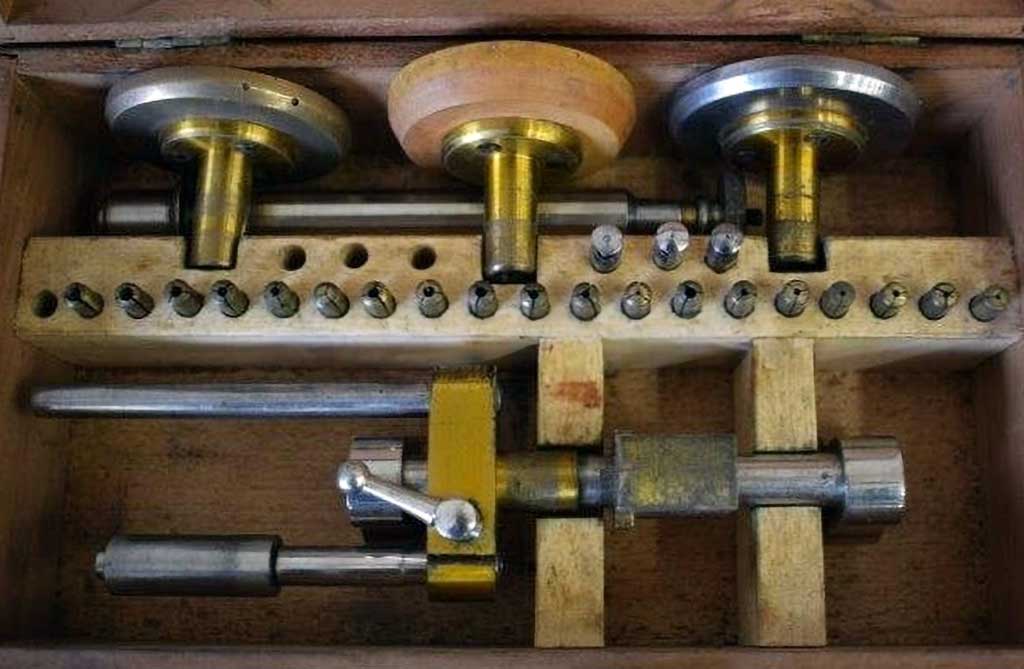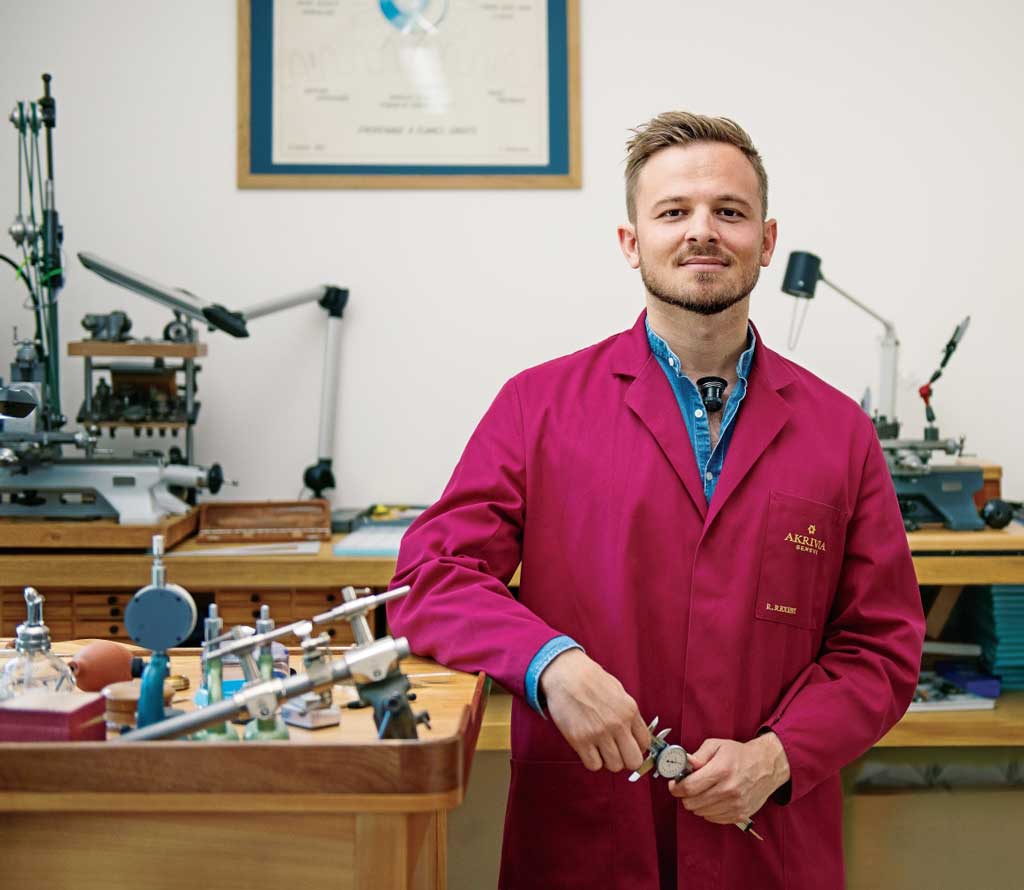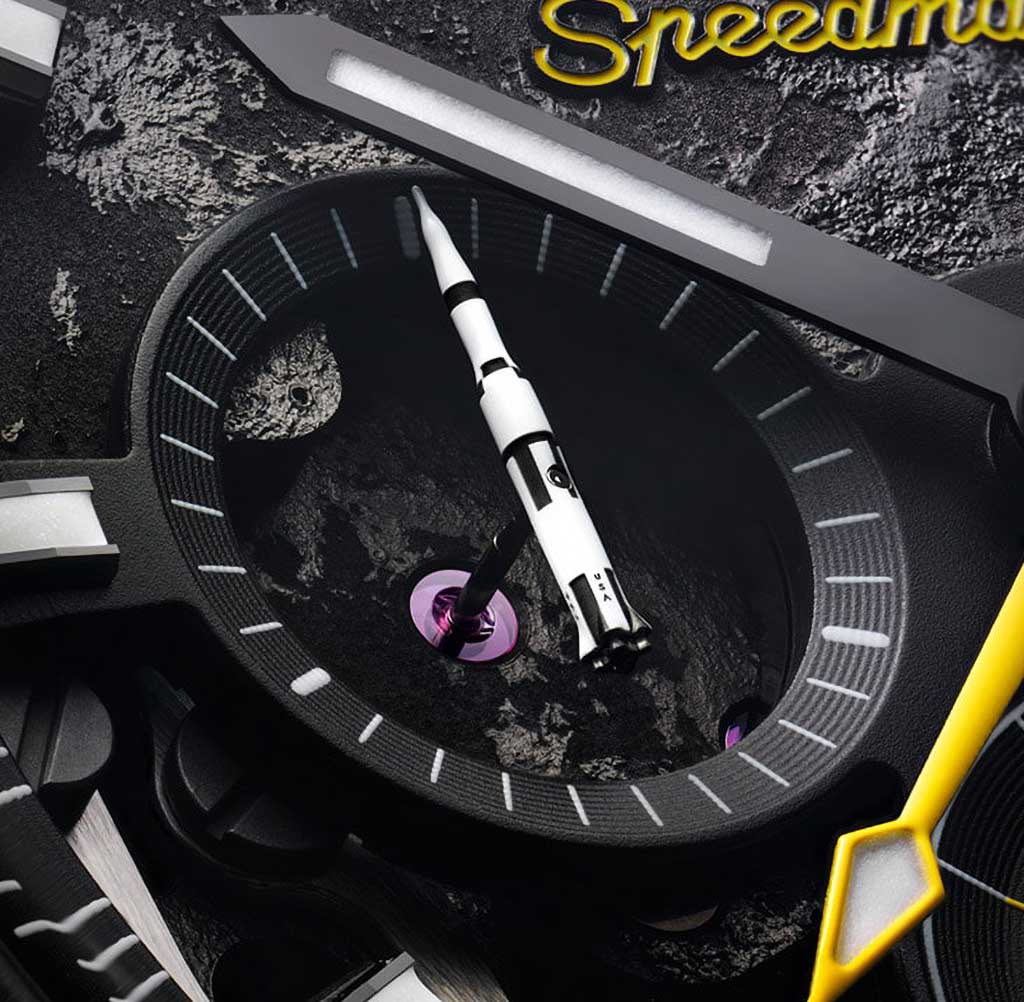
Apollo 8 Darkside
Omega's Darkside of the Moon Appollo 8 edition of their iconic Speedmaster adds a whimsical level of dimension to an already distinctively dimensional dial.
The laser-turned rendition of NASA’s Saturn V rocket, which has been substituted in for the small seconds hand, is finished through a 3-step process involving the application of white varnish, microablation, and laser blackening.
Accutron’s Fall & Rise
The name Accutron is a portmanteau of the words “accuracy” and “electronics”.
Initially built on groundbreaking technology devised and produced in America, but brought to its knees by quartz-regulated timepieces out of Japan during the Quartz Crisis, half a century later the once ailing brand has had new life breathed into it under the ownership of the Japanese watch conglomerate, Citizen.
Thoughts on Quality
Darrin Henein breaks down the pillars of quality he considers when evaluating design.
I believe that quality is the cumulative measure of our work.
A beautiful design that is not usable or useful is not good design. Aesthetics are a multiplier—they can make a good design great, but they cannot mask a poorly designed experience or product.
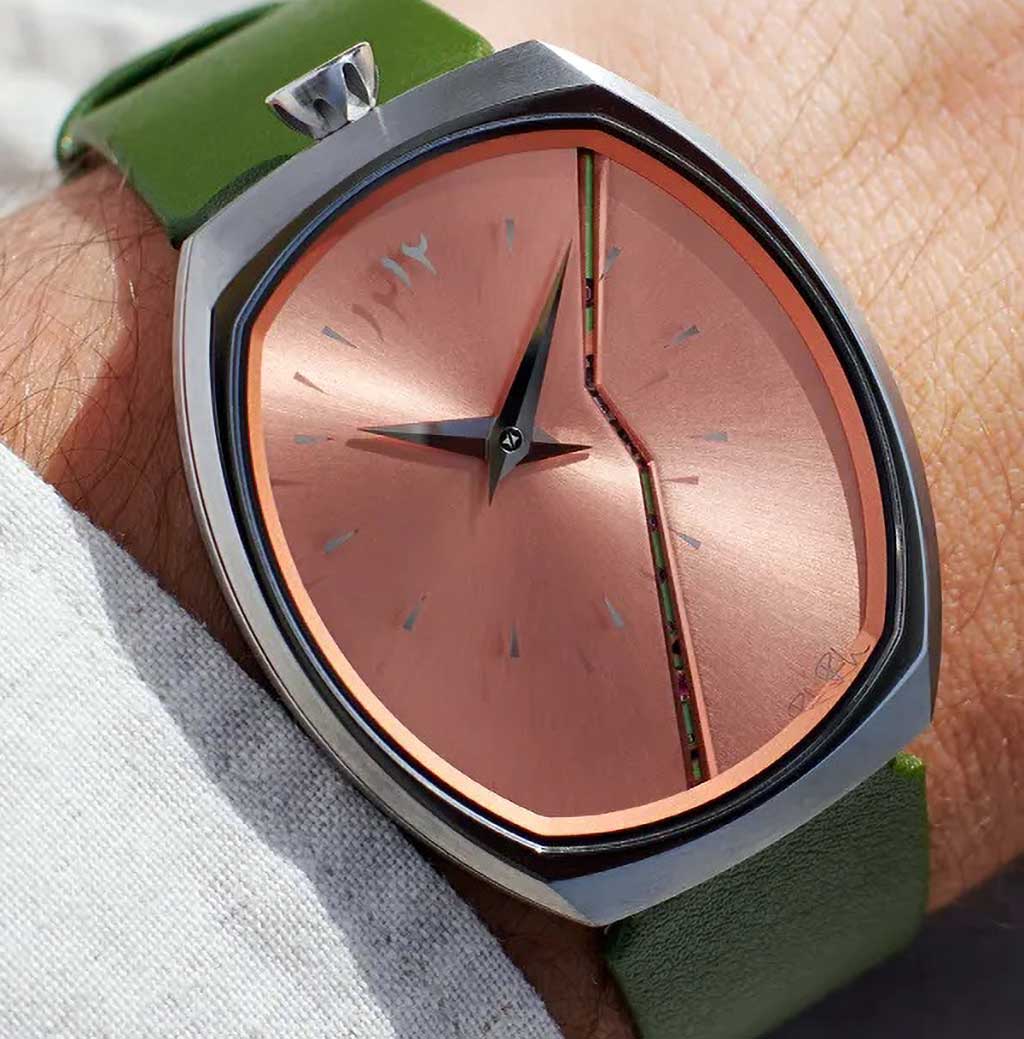
Fracture by Fiona Krüger
The latest in Fiona Kruger's Chaos Collection of timepieces features a cracked dial, with chamfered and polished edges, realized by Kari Voutilainen's dial manufacturer, Comblémine. It is powered by the Caliber Chaos I, created for Kruger by Agenhor.

Jordan Rodney Renaud
Jordan Renaud served as the official clockmaker of The Canadian Clock Museum. He passed away in 2024, following a bout with cancer.
A man with a gentle and meticulous spirit, I knew Jordan for many years. Amongst several tools, he helped connect me with my first watch cleaning machine, which I still have to this day.
To Set or Not to Set
Cam Wolf, reporting for GQ, digs into why some collectors opt not to set the time on their watches.
The vintage angle, in instances where replacement parts are scarce-to-non-existent, certainly holds merit. The setting works are an area where I've seen significant damage done to a watch movement that has gone too long without service. More often than not, it is the mainplate that takes the lion's share of the damage, too.
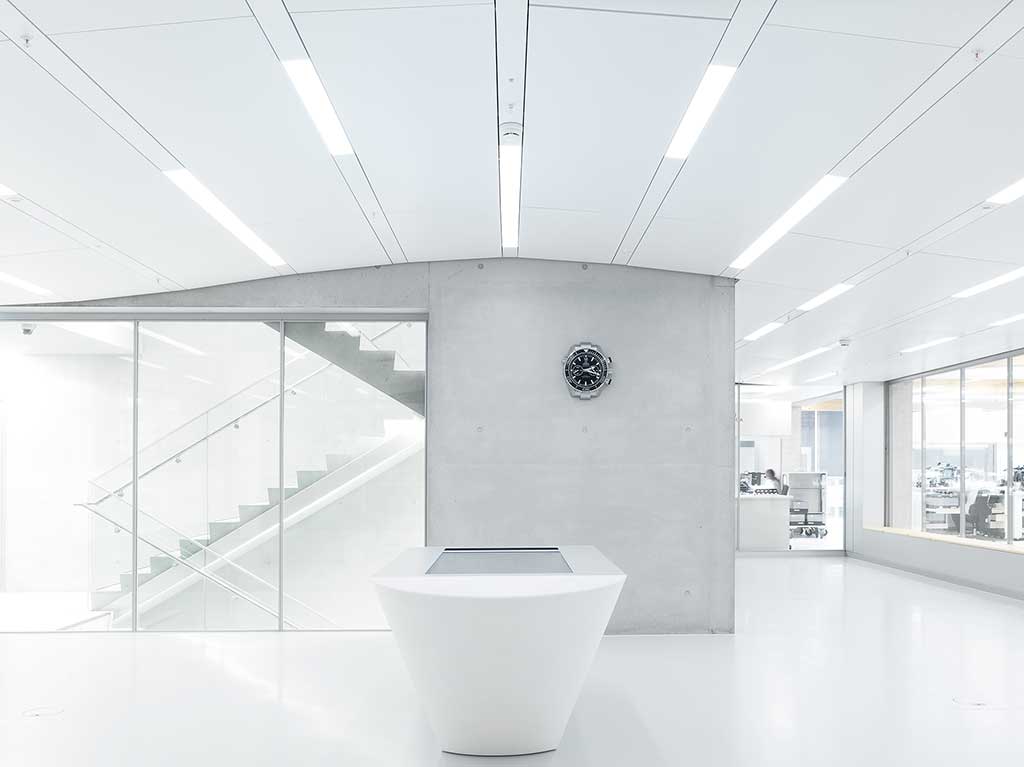
Quiet, Spacious, & Pristine
Reporting for Esquire Magazine with an incisiveness and level of playful snark on par with some of the best of Jack Forster's work, Chris Hall takes a tour the heart and soul of Omega's vast, Swiss headquarters, designed by Japanese architect, Shigeru Ban.
I admire that Hall was bold enough to ask Omega CEO, Raynald Aeschlimann, point-blank, for his thoughts on the move Rolex made to cut the perceived esteem of Omega's METAS certification down a notch by qualifying multiple references from its sister brand's appreciably less expensive Tudor Black Bay Collection through the program. Parrying the joust, in what looked to be a near fumble but finished with a practiced and polished answer, Aeschlimann clearly wasn't pleased by the deft play of his prime competitor:
I don’t want to say ‘pleased’ — for me the most important thing was that one of the brands of the Rolex group was considering [master-chronometer certification] as a new standard in the watch industry. Making that step was quite positive news for watchmaking.
Another Notable Rise in Rolex Retail Prices
On the heels of last year's significant price increase across its collection, the outset of 2024 has brought another appreciable jump of around 4% for most models in the UK and 8-10% in Canada. The rise in price is effective immediately and applies to stock that Rolex Authorized Dealers received at the prior MSRP.
As of this writing, prices in the US remain the same. So a non-US resident could, in theory, enjoy a pleasant vacation on the money saved travelling to the States to purchase one of the brand's pricier offerings—that is if they can find a retailer who has one to part with.
Even at the lower 4% increase, on estimated annual sales of $5 billion, this jump more than accounts for the $100 million fine levied against Rolex France SAS by France's Haute Autorité de la Concurrence last month.
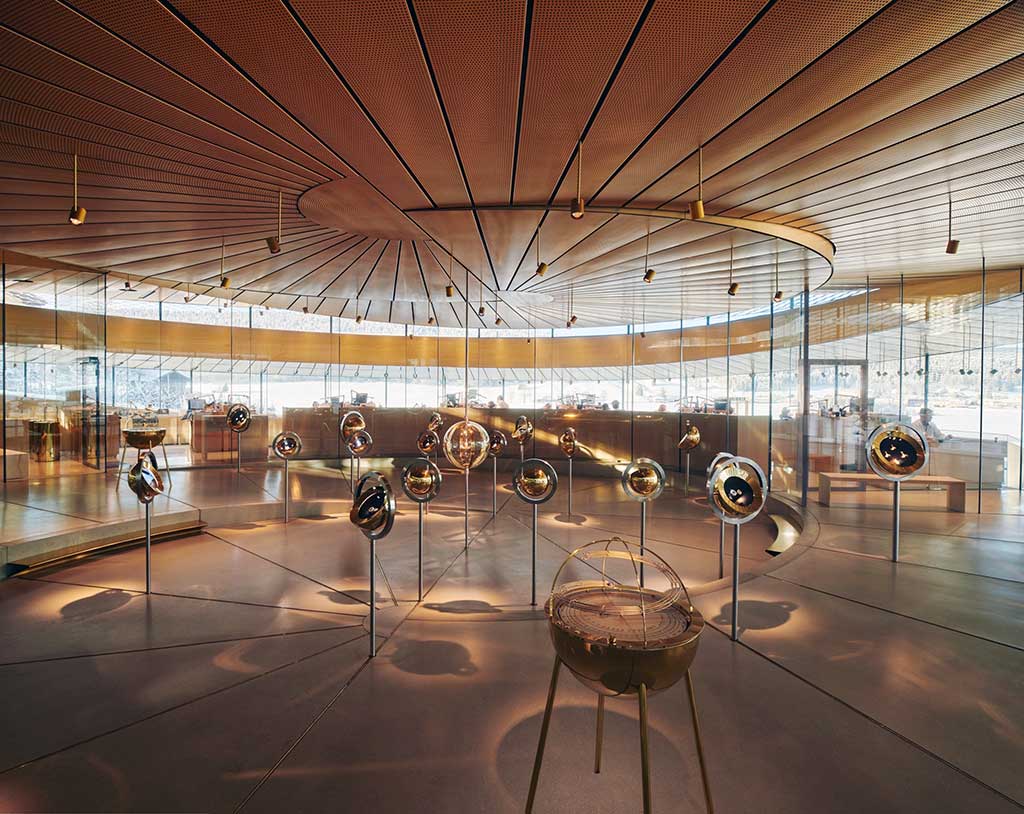
Visiting Switzerland’s ‘Watch Valley’
Frankie Adkins reporting for National Geographic:
Most of these watchmaking farms are no longer functional—climate change and the industrial revolution forced family businesses to migrate to larger factories in the city—but their multimillion dollar legacies prove that a slow artisan craft can keep pace in a hurried high-tech world.
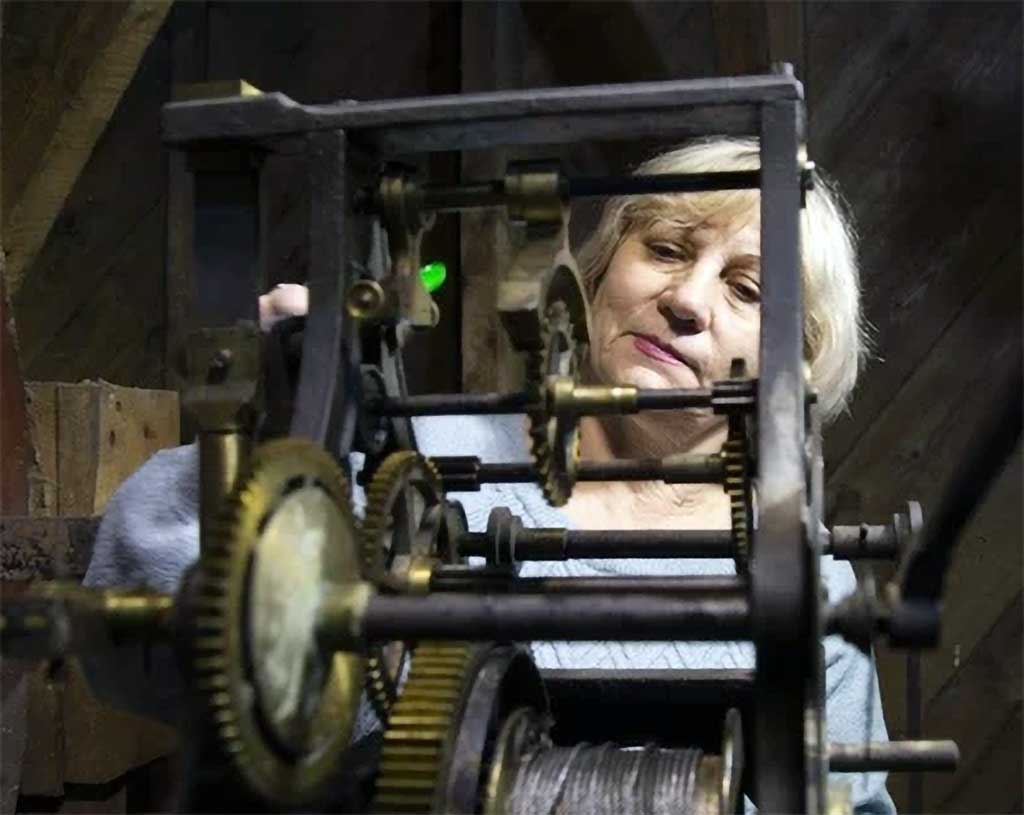
Ukrainian Refugee Restores Life to Canadian Clock Tower
Liudmyla Pass, a Ukranian watchmaker who arrived in Chapel's Cove, Newfoundland as a refugee less than a month ago, has revived the post office tower clock in nearby Carbonear that had previously been out of operation for decades. The tower clock dates back to 1905.
